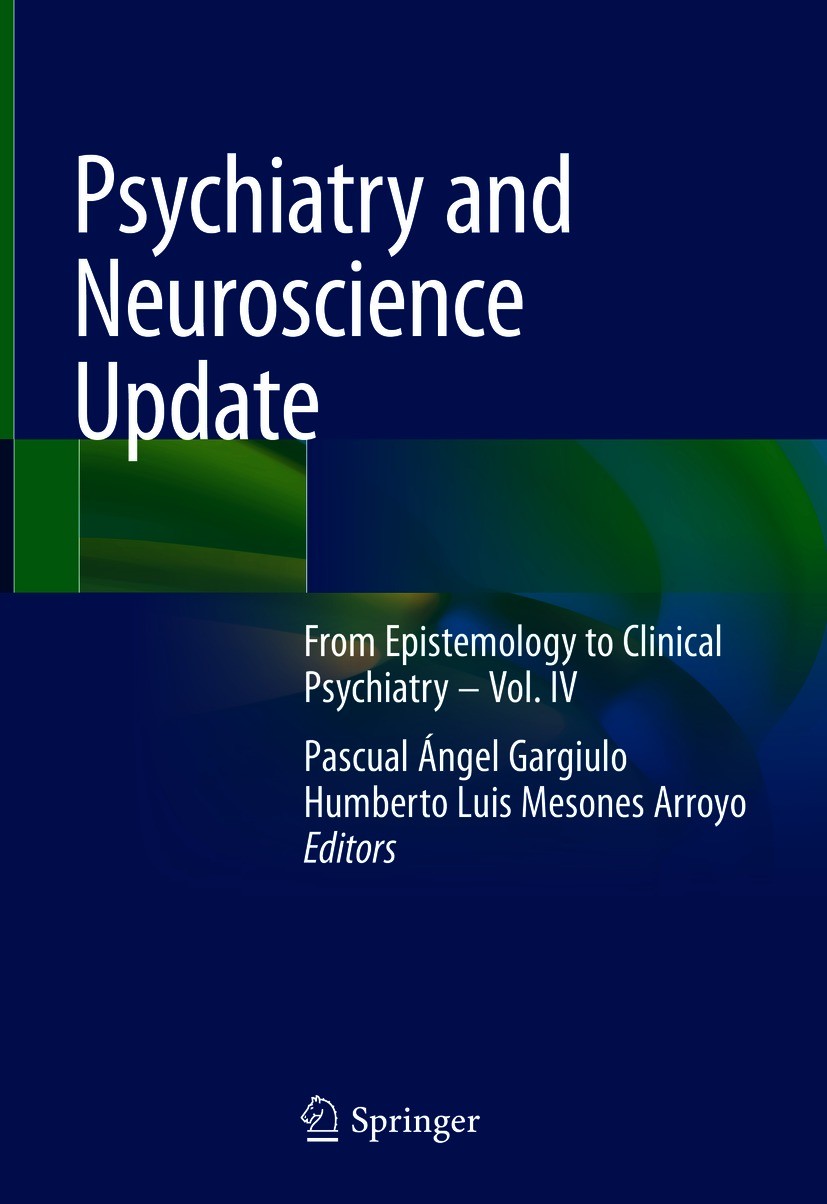| 书目名称 | Psychiatry and Neuroscience Update |
| 副标题 | From Epistemology to |
| 编辑 | Pascual Ángel Gargiulo,Humberto Luis Mesones Arroy |
| 视频video | http://file.papertrans.cn/763/762702/762702.mp4 |
| 概述 | Provides an overview of recent intellectual and scientific advances that intersect psychiatry and neuroscience.Includes a varying panel of international experts identifies the borders, trends and impl |
| 图书封面 |  |
| 描述 | .This broad and thought-provoking volume provides an overview of recent intellectual and scientific advances that intersect psychiatry and neuroscience, offering a wide range of penetrating insights in both disciplines. The fourth volume on the topic in the last several years from a varying panel of international experts identifies the borders, trends and implications in both fields today and goes beyond that into related disciplines to seek out connections and influences. Similar to its three Update book predecessors, .Psychiatry and Neuroscience – Volume IV. presents a range of interesting topics in the main disciplines – psychiatry and neuroscience – and attempts to provide deeper comprehension or explication of the normal and diseased human mind, its biological correlates and its biographical and existential implications. This engaging volume continues the previous style of exploring different disciplines and trying to integrate disciplinary evidence from varying points of view in an organic manner. ..The first section is about epistemological considerations regarding the study of normal and abnormal human behaviors, including, for example, the topic of phenomenological ps |
| 出版日期 | Book 2021 |
| 关键词 | Psychiatry; neuroscience; neurology; biology; epistemology; pathology |
| 版次 | 1 |
| doi | https://doi.org/10.1007/978-3-030-61721-9 |
| isbn_softcover | 978-3-030-61723-3 |
| isbn_ebook | 978-3-030-61721-9 |
| copyright | Springer Nature Switzerland AG 2021 |
 |Archiver|手机版|小黑屋|
派博传思国际
( 京公网安备110108008328)
GMT+8, 2025-12-17 19:16
|Archiver|手机版|小黑屋|
派博传思国际
( 京公网安备110108008328)
GMT+8, 2025-12-17 19:16


